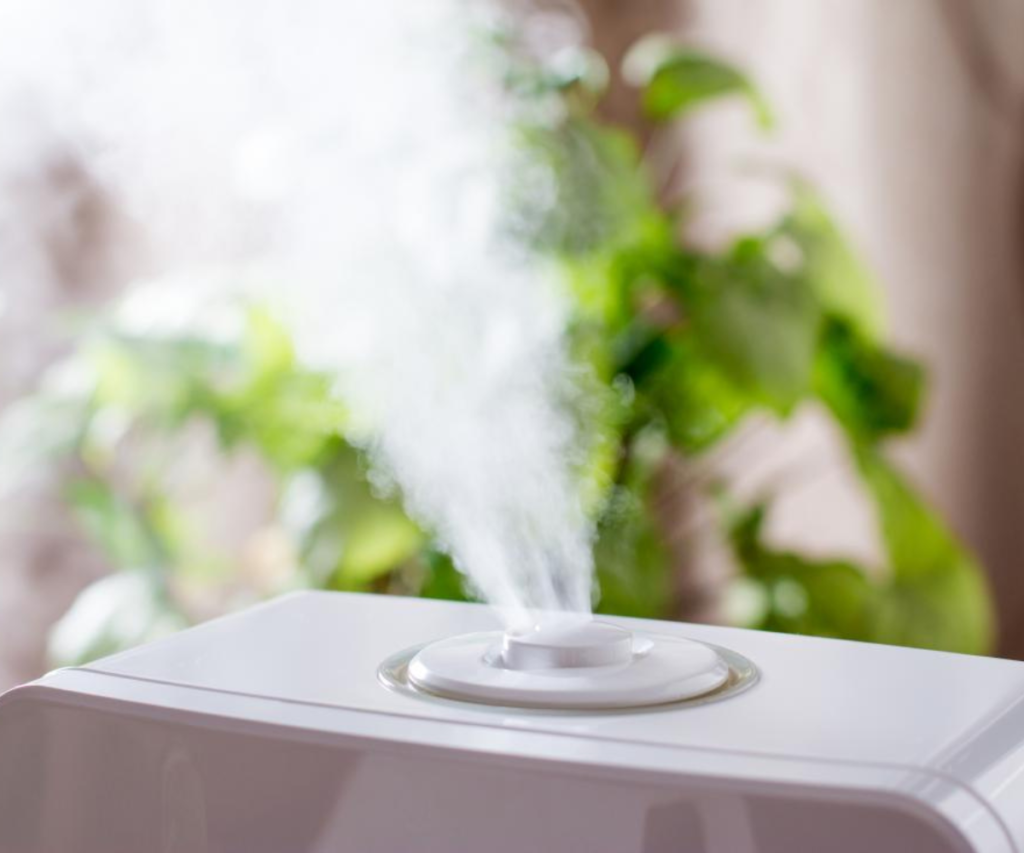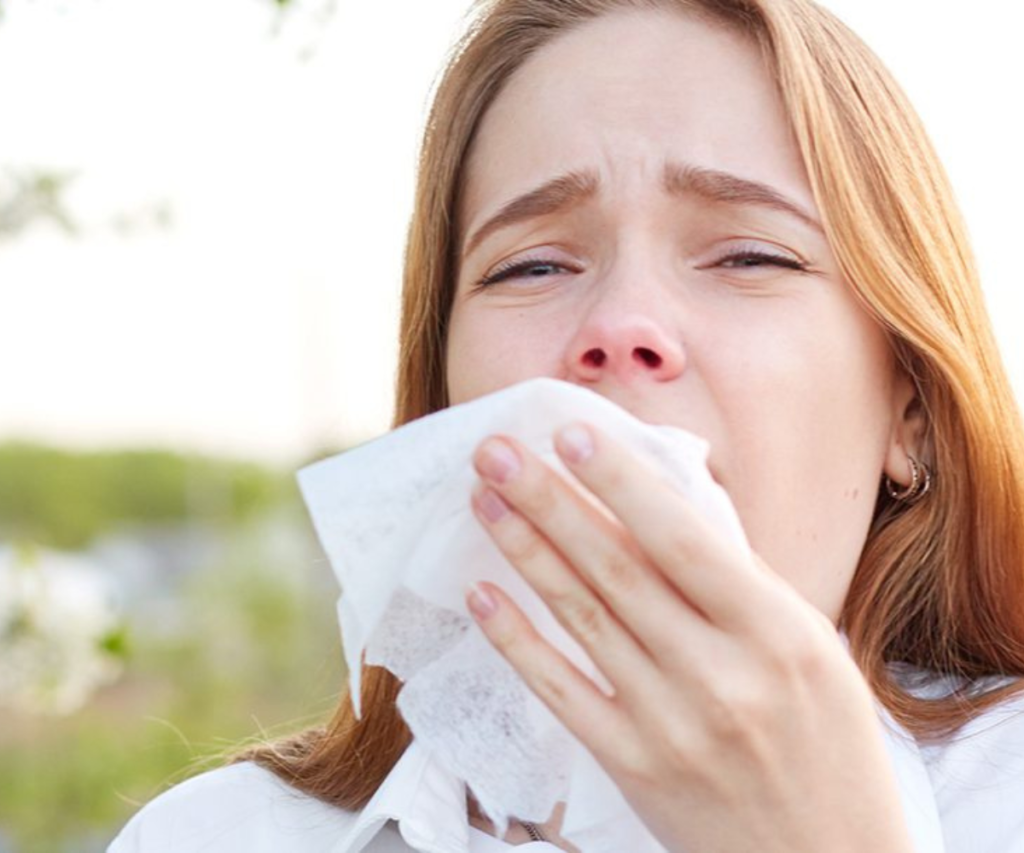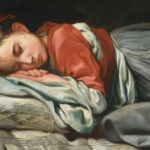Home Remedies for Relieving a Dry Nose: Comprehensive Guide

A dry nose, medically known as rhinitis sicca, is a condition characterized by dryness in the nasal passages. It can result from allergies, colds, sinus infections, or environmental factors such as low humidity or air conditioning. Though generally harmless, a dry nose can cause discomfort, itching, burning, scabbing, nosebleeds, and nasal congestion if left untreated. Effective home remedies for dry nose, such as steam inhalation, saline sprays, and nasal irrigation, can help prevent these symptoms and restore moisture to the nasal passages.
Causes of a Dry Nose
Understanding the causes of nasal dryness is crucial to effectively treat it. Common causes include:
- Environmental Factors:
- Exposure to air conditioning or central heating
- Dry winter air
- Polluted or dusty surroundings
- Health Conditions:
- Allergies
- Colds and flu
- Chronic sinus infections
- Medication Effects:
- Overuse of nasal decongestants
- Antihistamines
- Lifestyle and Habits:
- Frequent nose blowing
- Low water intake
- Smoking or exposure to smoke
- Rare Medical Conditions:
- Sjogren’s syndrome
- Atrophic rhinitis
Signs and Symptoms of a Dry Nose
Symptoms of a dry nose vary from mild discomfort to more severe issues. Common signs include:
- Persistent itching inside the nose
- Burning sensation or irritation
- Formation of scabs or crusts
- Occasional nosebleeds
- Congestion or difficulty breathing through the nose
Early recognition of these symptoms helps prevent complications and makes home treatment more effective.
Effective Home Remedies for a Dry Nose
Several natural remedies and practices can help restore moisture to the nasal passages and prevent irritation.
Using a Humidifier
Maintaining adequate indoor humidity is crucial for preventing dryness.
- Benefits: Keeps nasal passages moist, reduces congestion, and promotes sinus drainage
- Usage Tips:
- Ideal indoor humidity: 30–50%
- Clean the humidifier daily to avoid mold and bacteria
- Use a hygrometer to monitor humidity levels
- Caution: Excess humidity may worsen dust mite allergies
Steam Inhalation

Inhaling steam helps moisturize dry nasal passages and temporarily relieves congestion.
- Methods:
- Bowl of hot water: Lean over and inhale steam
- Hot shower or bath
- Sauna
- Tips: Avoid boiling water to prevent burns
- Effectiveness: Provides short-term relief and complements other remedies
Staying Hydrated
Proper hydration ensures the body’s tissues, including nasal passages, remain moist.
- Guidelines:
- Drink water whenever thirsty
- Increase fluid intake during physical activity
- Include hydrating foods like cucumbers, watermelon, and oranges
Saline Nasal Spray
Saline sprays are a gentle and effective way to moisturize the nose and clear irritants.https://www.youtube.com/watch?v=_KKmtPor1RU
- Benefits:
- Moisturizes nasal passages
- Removes dust, pollen, and other particles
- Helps prevent inflammation
- Usage: Follow product instructions or make a homemade solution:
- Mix 3 tsp non-iodized salt and 1 tsp baking soda in 1 cup distilled or boiled water
- Use a clean spray bottle to apply 1–2 sprays per nostril
- Prepare fresh solution each time
Nasal Irrigation
Nasal irrigation flushes out mucus and allergens, improving nasal moisture.
- Tools: Neti pot or bulb syringe
- Method:
- Prepare saline solution
- Lean over a sink, tilt head, and pour solution into one nostril
- Let it flow out of the other nostril
- Repeat for the opposite nostril
- Tips: Keep all equipment clean to avoid infection
Natural Oils for Nasal Moisturization
Certain natural oils can provide gentle and effective relief.
- Coconut Oil: Lubricates nasal passages and reduces crusting
- Sesame Oil: Has anti-inflammatory properties
- Vitamin E Oil: Helps heal irritation
- Usage: Apply a small amount using a cotton swab, avoiding deep insertion
Herbal and Ayurvedic Remedies

Traditional remedies can support nasal hydration:
- Aloe Vera Gel: Can be applied sparingly inside nostrils
- Honey Steam Inhalation: Mix honey in warm water for inhalation
- Tulsi (Holy Basil) Steam: Anti-inflammatory and moisturizing effects
Lifestyle Changes to Prevent Nasal Dryness
- Avoid excessive nose blowing
- Limit exposure to air conditioning or heating
- Use saline sprays regularly
- Keep indoor air clean and free from dust
Preventive Measures
- Maintain proper indoor humidity
- Drink sufficient water daily
- Use gentle nasal sprays instead of harsh decongestants
- Cover nose in cold, dry weather
- Avoid smoking and exposure to secondhand smoke
When to Consult a Doctor
Seek medical attention if nasal dryness persists or is accompanied by:
- Frequent nosebleeds
- Severe pain or burning
- Signs of infection (fever, thick yellow/green mucus)
- Unusual crusting or foul odor
Rare medical conditions like Sjogren’s syndrome or atrophic rhinitis may require professional evaluation.
Buying Guide for Nasal Care Products
Humidifiers: Choose models with adjustable humidity and easy cleaning.
Saline Sprays: Opt for preservative-free options for sensitive noses.
Neti Pots/Bulb Syringes: Use ceramic or BPA-free plastic and sanitize regularly.
Frequently Asked Questions (FAQs)
Q1: Can a dry nose cause infections?
A1: Persistent dryness can lead to cracks and scabs, increasing infection risk.
Q2: How often should I use a saline spray?
A2: 2–3 times daily or as needed. Fresh solution each time.
Q3: Can children use nasal irrigation?
A3: Yes, with supervision and gentle techniques.
Q4: Are essential oils safe for nasal moisturization?
A4: Only use mild oils like coconut or sesame in small amounts. Avoid peppermint or eucalyptus in infants.
Conclusion

A dry nose, though common, can cause discomfort and complications if ignored. Using humidifiers, steam, saline sprays, nasal irrigation, natural oils, and proper hydration are safe and effective ways to maintain nasal moisture. Regular preventive measures and lifestyle adjustments can reduce the risk of nasal dryness. Persistent or severe symptoms should always be evaluated by a medical professional to rule out underlying conditions.




